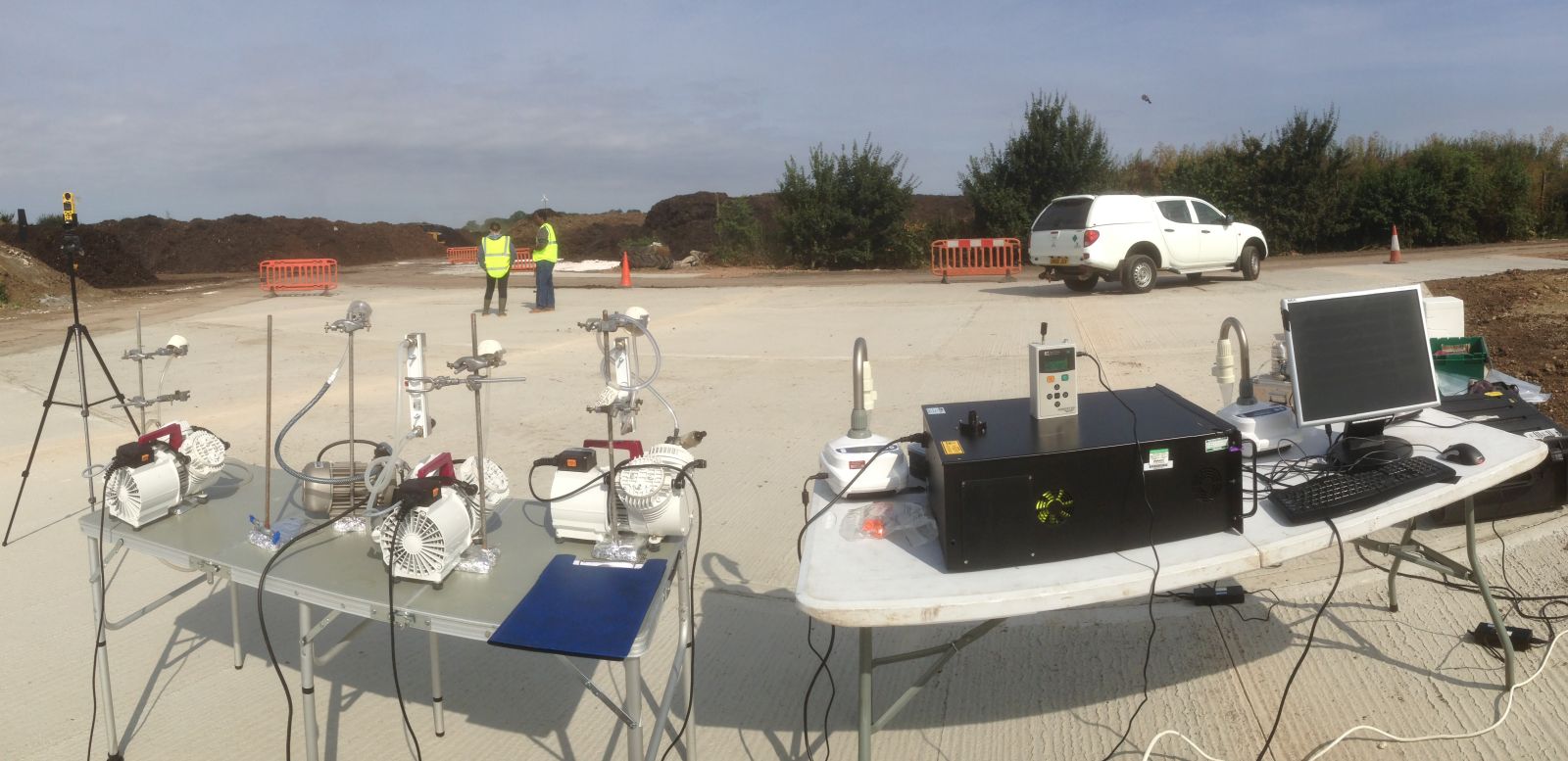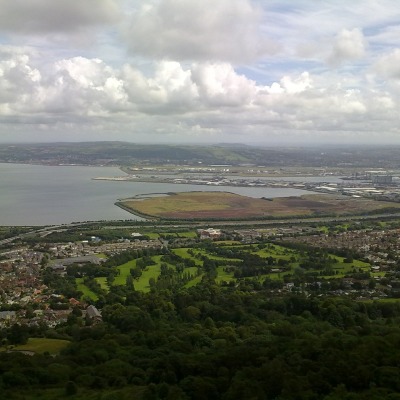Establishing a fundamental change in the way that airborne particles are identified, using portable collection and next generation sampling techniques.
Key Facts
- Development of a 'bio-toolkit' for high-confidence, wide-area biodetection and biomonitoring of bioaerosols from urban, agricultural and industrial environments
- Development of novel techniques for rapid, high-throughput sample capture, concentration and preparation for detecting bioaerosols
Impact of our research
This Natural Environment Research Council funded four-year project which kicked off in early 2015 simplified the process of biosampling and made it not only faster but increasingly accurate too. To help achieve this, the team compared data from three different environments – urban, industrial, and agricultural – to assess whether there are any prevailing factors that affect the sampling process in them, or if qualification of levels and spread is similar in each of them.
Project findings have attracted attention from Airborne Allergy Action, the National Aspergillosis Centre at Manchester University NHS Foundation Trust and provided evidence for the Environment Agency on the benefits of advanced monitoring and detection tools for biowaste sites. This is now being pursue through BioAirNet where there is interest for method standardisation.
Why the research was commissioned
The presence of microorganisms in air is taken for granted, but understanding the identities, distribution and abundance of airborne microorganisms remains in its infancy. Meanwhile, the impact of emissions from urban, agricultural and industrial areas on local air quality is a growing concern for major public policy. Deleterious health effects can arise following exposure to infective bacterial and viral organisms. Indeed, the risk to human exposure to bioaerosols and volatile organic compounds are still difficult to quantify in real time. As exposure risk is directly linked to the concentration and type of microorganisms, much clearer quantification and characterisation methods are needed if the temporal and spatial trends of infectious species are to be evaluated in different environments. Most of the uncertainties surrounding personal exposure to microorganisms are also magnified by the ease with which bacteria and viruses can permeate through air due to their fluidity and movements. The measurement of the mass, or particle number concentration, of total inhalable particulate aerosol (particulate matter with diameter <10 µm, or PM10) does not correlate with microbial concentration, and thus setting legislative limits on PM10 levels will not necessarily result in reduction of bioaerosol loadings
There is also growing concern about the accidental or deliberate release of biological materials in the environment and the associated impacts on human/ animal health and the economy. Thus, rapid bioaerosol detection is an urgent civilian and military requirement. In 2012 the Government instigated a "Blackett Review" to address the question "Which technologies or capabilities will enable rapid, wide-area surveillance of a broad spectrum of biological agents in the next 15 years?"

Why Cranfield?
Cranfield university has track record in research at the interface between waste management practice, environmental microbiology, and human health. Cranfield’s work on bioaerosol emissions and dispersion provided the UK evidence base on the impact of biowaste operations on bioaerosol concentrations in ambient air. Specifically, Cranfield addressed the need to develop improved techniques for sample capture, concentration, sensing regimes for high confidence wide-area biodetection and exposure risk to human health.
Facilities used
Environmental Analytical Facility
Cranfield Wastewater Treatment Plant
Find out more
Cranfield University - Bioprocessing and Environmental Technology







